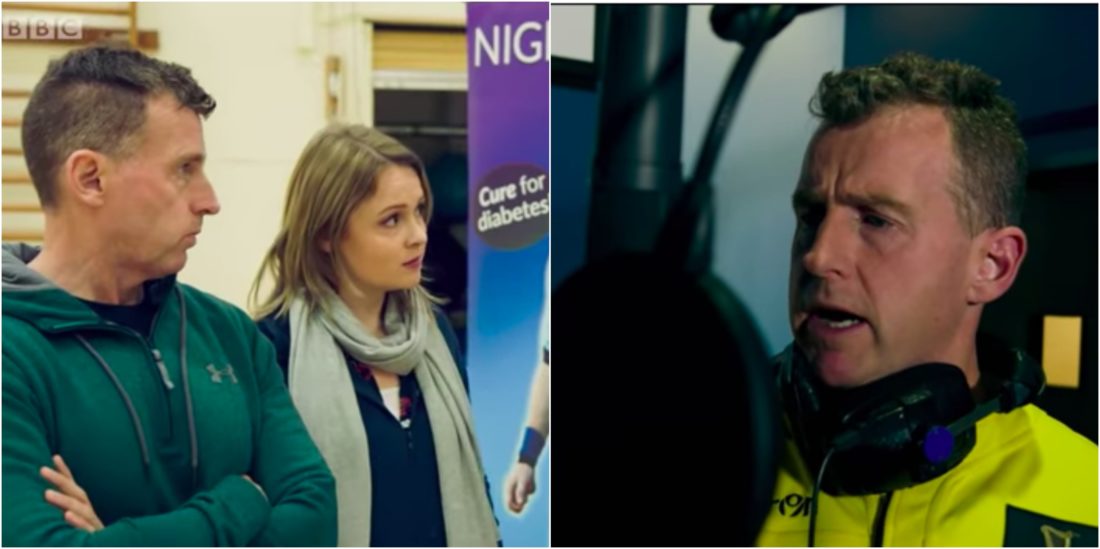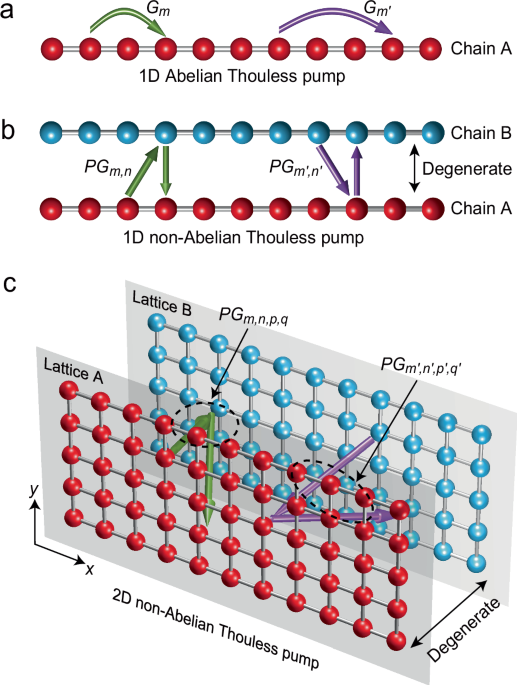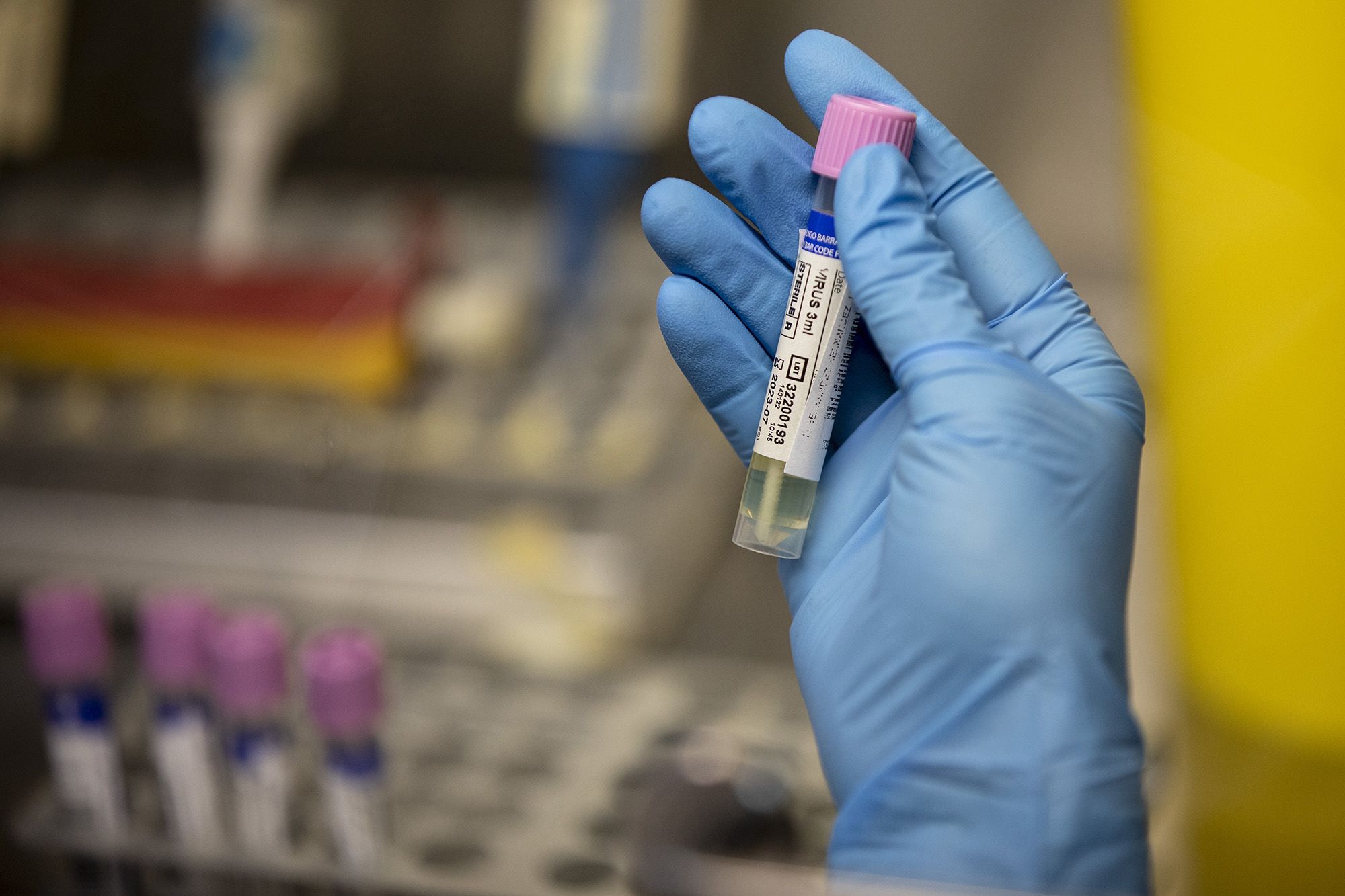- Select a language for the TTS:
- UK English Female
- UK English Male
- US English Female
- US English Male
- Australian Female
- Australian Male
- Language selected: (auto detect) - EN
Play all audios:
You have full access to this article via your institution. Download PDF Angelman syndrome (AS) is characterized by severe intellectual, speech and motor deficits [1]. The cause of AS is
either disruption of the maternal ubiquitin-protein ligase E3A gene (_UBE3A_) (30%) or deletion of chromosome 15 at 15q11-q13 (70%). The deleted region includes _UBE3A_ and _GABRB3_,
_GABRA5_, and _GABRG3_, genes that encode the gamma-aminobutyric acid (GABA) type A receptor subunits β3, α5, and γ3. Several medical co-morbidities are associated with AS. Sleep disturbance
is a common medical co-morbidity, occurring in up to 80% of individuals with AS. Difficulty falling and staying asleep and reduced total sleep time are most common. The etiology of sleep
disturbances in AS is multifactorial, involving genetic, co-morbid medical, and behavioral factors. Deletion of the _GABRB3-GABRA5-GABRG3_ gene grouping, which occurs in most cases of AS,
probably contributes to the high prevalence of sleep problems and co-morbid epilepsy [2]. Epilepsy occurs in 80–90% of individuals with AS and can contribute to sleep problems. In a study of
sleep disturbances and epilepsy in 290 subjects with AS, disturbed sleep was described by caregivers of 58% of the sample [3]. Among these subjects, 79% had epilepsy, and 69% of those with
both sleep problems and epilepsy had multiple seizure types. Subjects with epilepsy non-responsive to more than two antiepileptic drugs (AEDs) had more significant sleep disturbances than
those successfully treated with up to two AEDs. From a behavioral standpoint, urinary incontinence overnight may cause mid-nocturnal awakenings, and agitation in response to separation from
preferred caregivers may play a role in the disturbed sleep. Recent studies are attempting to identify biomarkers of the pathophysiology of sleep disturbances in AS using EEG. In a
retrospective study, den Bakker and colleagues [4] identified two quantitative readouts of dysregulated sleep composition in children with AS: increased gamma coherence and fewer sleep
spindles. Increased long-range gamma-band coherence during sleep and wakefulness suggests that, despite reduced structural connectivity, there may be fewer inhibitory constraints on efferent
projections in the brain of individuals with AS. Sleep spindles, which are reduced in several neurodevelopmental disorders, are important for memory consolidation and learning. Another
group tested the hypothesis that genes other than _UBE3A_ located on 15q11-q13 cause differences in pathophysiology between AS genotypes [5]. In children and adolescents with AS, they found
that an abnormality in the delta-band EEG indexes _UBE3A_-related pathophysiology, while theta- and beta-band EEG abnormalities index contributions from other genes, most likely the
_GABRB3-GABRA5-GABRG3_ gene cluster. Building upon the identification of biomarkers for disturbed sleep in AS, a Phase 2, 12-week randomized double-blind, placebo-controlled trial of
gaboxadol (OV101), an extracellular delta-selective GABAA receptor agonist, was completed in 78 adults and adolescents [6]. At week 12, OV101 resulted in global improvement in significantly
more subjects than did placebo. Sleep onset latency, overall sleep, and motor function were found to contribute to this global response. Safe and potentially efficacious targeted therapies
are being developed for interfering symptoms in AS. With continued progress, it is hoped that interventions will one day alter the course of this severe developmental disorder. FUNDING AND
DISCLOSURE This work was funded in part by the Angelman Syndrome Foundation and the Nancy Lurie Marks Family Foundation. CJM has no conflicts of interest to disclose. CJK has been
compensated as a consultant, served on a scientific advisory board and received research support from Ovid Therapeutics, the sponsor of the trial of OV101 in AS. REFERENCES * Angelman H.
‘Puppet’ children a report on three cases. Dev Med Child Neurol. 1965;7:681–8. Article Google Scholar * DeLorey TM, Handforth A, Anagnostaras SG, Homanics GE, Minassian BA, Asatourian A,
et al. Mice lacking the β3 subunit of the GABAA receptor have the epilepsy phenotype and many of the behavioral characteristics of Angelman syndrome. J Neurosci. 1998;18:8505–14. Article
CAS Google Scholar * Conant KD, Thibert RL, Thiele EA. Epilepsy and the sleep-wake patterns found in Angelman syndrome. Epilepsia. 2009;50:2497–500. Article Google Scholar * den Bakker
H, Sidorov MS, Fan Z, Lee DJ, Bird LM, Chu CJ, et al. Abnormal coherence and sleep composition in children with Angelman syndrome: a retrospective EEG study. Mol Autism. 2018;9:32.
https://doi.org/10.1186/s13229-018-0214-8. Article Google Scholar * Frohlich J, Miller MT, Bird LM, Garces P, Purtell H, Hoener MC, et al. Electrophysiological phenotype in Angelman
syndrome differs between genotypes. Biol Psychiatry. 2019;85:752–59. Article Google Scholar * Bird L, Ochoa-Lubinoff C, Tan W-H, Heimer G, Melmed R, Visootsak J, et al. STARS: results from
a safety and efficacy study of OV101 (gaboxadol) in adults and adolescents with Angelman syndrome. In Emerging Science 004, American Academy of Neurology 71st Annual Meeting, Philadelphia,
PA, May 2019. Download references AUTHOR INFORMATION AUTHORS AND AFFILIATIONS * Lurie Center for Autism, Massachusetts General Hospital, Department of Psychiatry, Harvard Medical School,
Boston, MA, USA Christopher J. McDougle & Christopher J. Keary Authors * Christopher J. McDougle View author publications You can also search for this author inPubMed Google Scholar *
Christopher J. Keary View author publications You can also search for this author inPubMed Google Scholar CORRESPONDING AUTHOR Correspondence to Christopher J. McDougle. ADDITIONAL
INFORMATION PUBLISHER’S NOTE Springer Nature remains neutral with regard to jurisdictional claims in published maps and institutional affiliations. RIGHTS AND PERMISSIONS Reprints and
permissions ABOUT THIS ARTICLE CITE THIS ARTICLE McDougle, C.J., Keary, C.J. Sleep and EEG biomarkers as avenues toward new treatment approaches in Angelman syndrome. _Neuropsychopharmacol._
45, 238–239 (2020). https://doi.org/10.1038/s41386-019-0517-2 Download citation * Published: 09 September 2019 * Issue Date: January 2020 * DOI: https://doi.org/10.1038/s41386-019-0517-2
SHARE THIS ARTICLE Anyone you share the following link with will be able to read this content: Get shareable link Sorry, a shareable link is not currently available for this article. Copy to
clipboard Provided by the Springer Nature SharedIt content-sharing initiative








